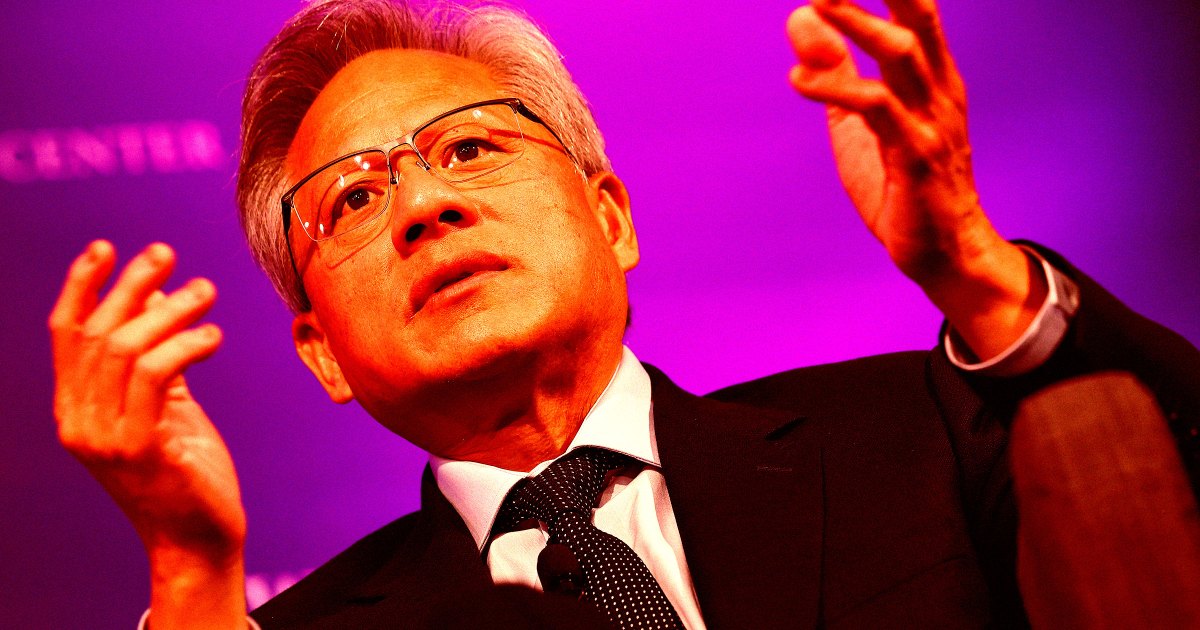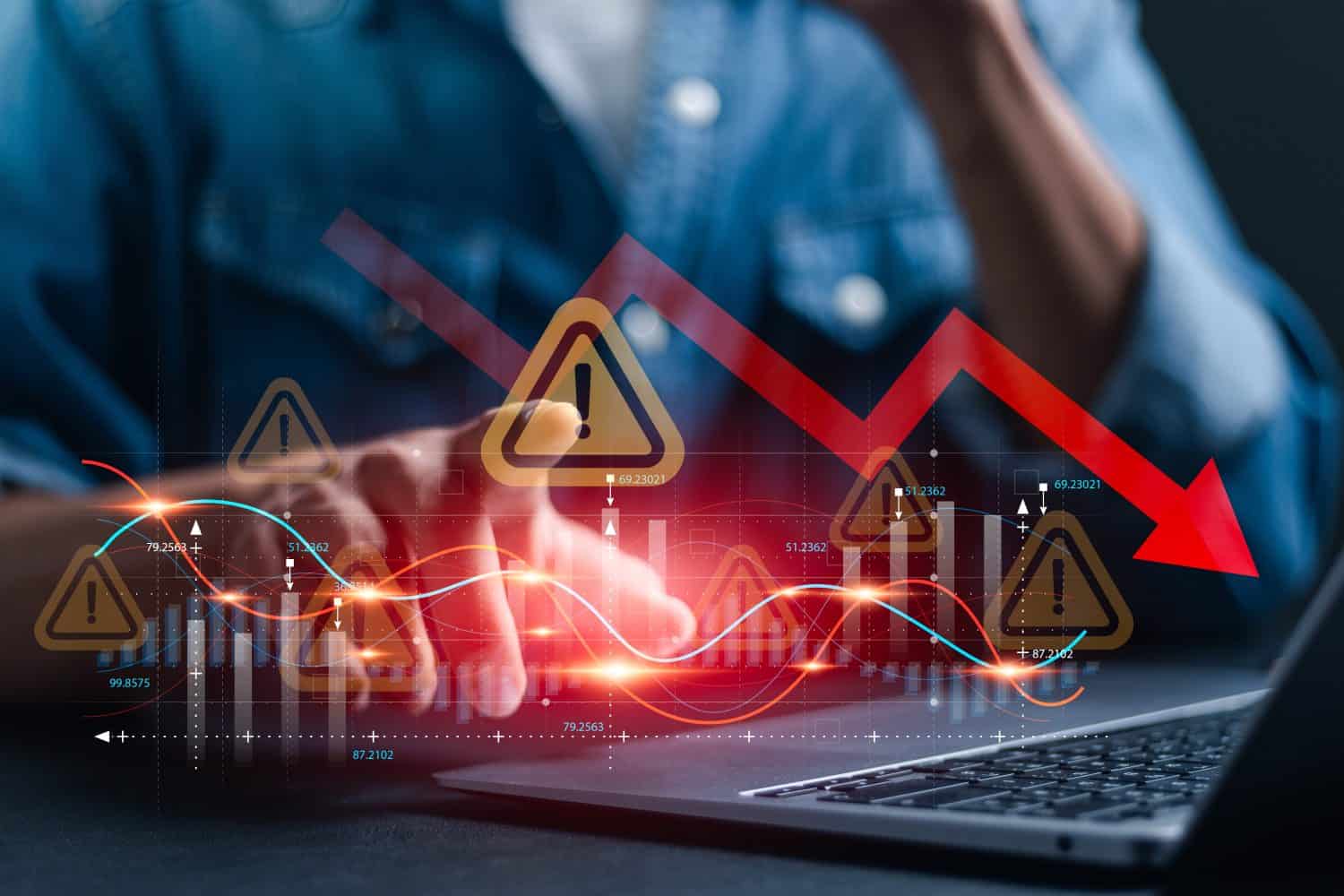#tech-valuations
#tech-valuations
[ follow ]
#nvidia #artificial-intelligence #ai-bubble #ai-investment #ai-infrastructure #market-volatility #ai-investments
Business
fromLondon Business News | Londonlovesbusiness.com
6 days agoThe Silicon Valley shock's repercussion on crypto assets - London Business News | Londonlovesbusiness.com
Market turmoil has repriced risk across tech, AI, and digital assets, causing Bitcoin to act as a high-risk asset closely correlated with the Nasdaq.
fromFortune
6 days agoThe stock market's 'fear gauge' spiked to its highest level since Trump's 'Liberation Day' tariffs caused a global selloff | Fortune
The VIX, for those unfamiliar, measures expected 30-day volatility in S&P 500 options, essentially tracking how much investors will pay to protect against market swings. Readings above 20 signal heightened anxiety; readings above 40 often mark crisis points. On April 8, the VIX peaked at 52.33 after Trump's tariff announcement sent global markets into freefall. Thursday's spike stemmed from different concerns.
Business
fromwww.theguardian.com
1 week agoCrypto market sheds more than $1tn in six weeks amid fears of tech bubble
More than $1tn (760bn) has been wiped off the value of the cryptocurrency market in the past six weeks amid fears of a tech bubble and fading expectations for a US rate cut next month. Tracking more than 18,500 coins, the value of the crypto market has fallen by a quarter since a high in early October, according to the data company CoinGecko.
Artificial intelligence
fromFast Company
2 weeks agoStock markets did just fine during the government shutdown as investors shrugged off dysfunction in Congress
The Dow Jones Industrial Average reached 46,441.10 on the first day of the shutdown. Since October 1, it has grown over 4%, reaching over 48,000 for the first time on Wednesday, November 12. While the record number came as the shutdown's end became a sure thing, the Dow had continued to rise throughout the period. The S&P 500 also followed a mostly upward trajectory throughout the shutdown. It opened at 6,664.92 on October 1 and closed at 6,850.92 on Wednesday.
US politics
fromwww.theguardian.com
3 weeks agoAsian chipmakers tumble in global stock sell-off amid worries over AI bubble business live
The last 24 hours have brought a clear risk-off move, as concerns over lofty tech valuations have hit investor sentiment. Markets compounded these losses in the early hours of Asian trading but have been rallying back in the couple of hours prior to going to print with US futures clawing back towards flat with the Kospi rallying back a couple of percentage points from early -5% plus losses.
Business
fromwww.independent.co.uk
1 month agoAI firms vulnerable to sharp drop in valuations, Bank of England warns
Whether it's investigating the financials of Elon Musk's pro-Trump PAC or producing our latest documentary, 'The A Word', which shines a light on the American women fighting for reproductive rights, we know how important it is to parse out the facts from the messaging. At such a critical moment in US history, we need reporters on the ground. Your donation allows us to keep sending journalists to speak to both sides of the story.
Artificial intelligence
fromFortune
2 months agoThe founders who cashed out on YouTube, Reddit, and Instagram-and missed out on becoming today's billionaires | Fortune
To sell or not to sell. That's the major dilemma founders around the world face: Once they've started to get big enough to attract the attention of buyers, they face the decision of whether to cash out now, or use the compliment as fuel to go even bigger. While it may seem like a no-brainer to say yes to an acquisition to the tune of millions-or even billions-it can be hard to later rest easy thinking about how much more you could have made independently.
Startup companies
[ Load more ]




